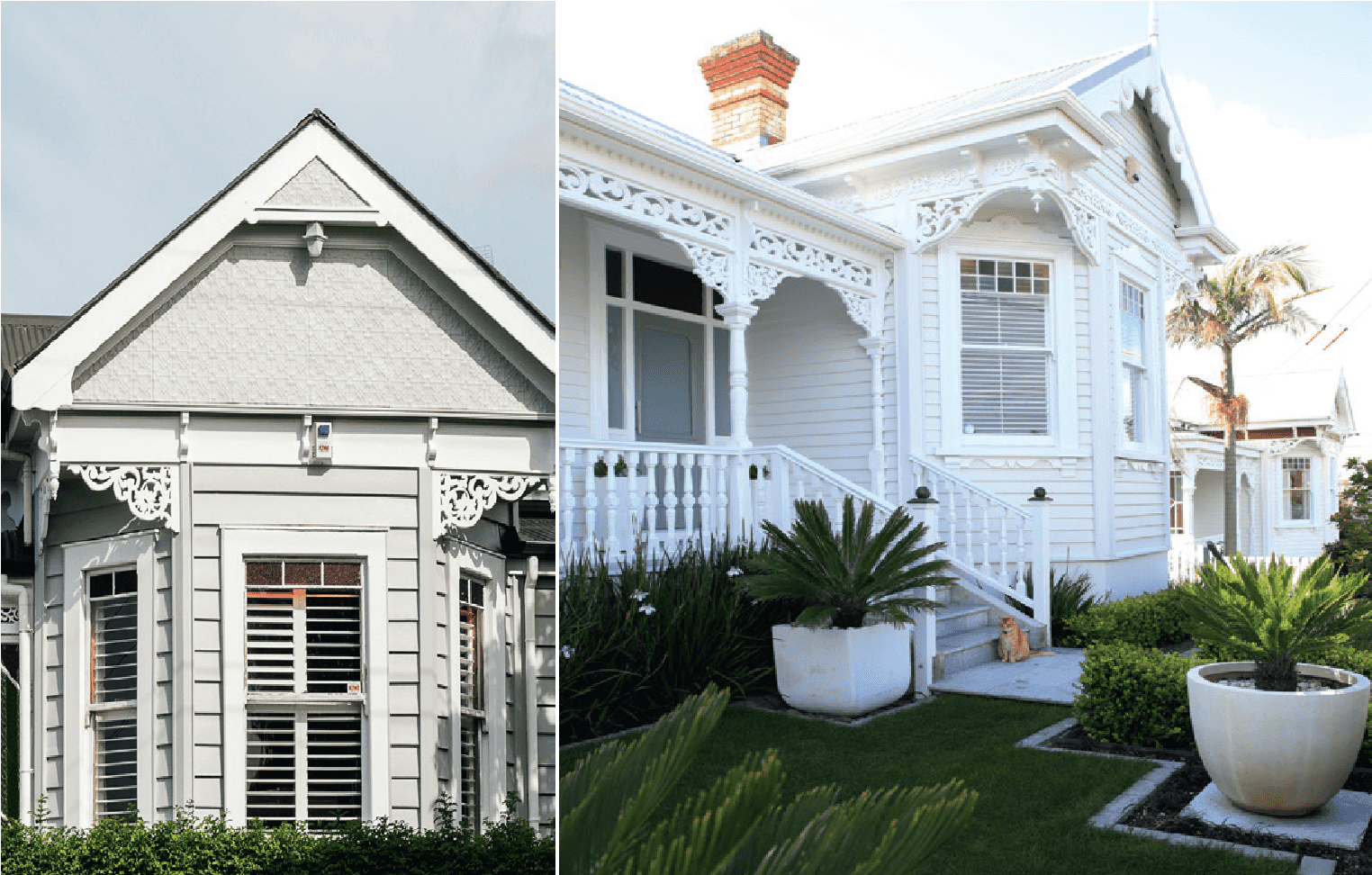
Top Tips For Painting Older Homes
The experts at Resene offer some ideas for ensuring your old house gets the best spruce up possible.
1 September 2021
DIY Painting
Tips for choosing the right paint.
• The higher the gloss, the better the paint will resist stains and the easier it is to clean.
• Lower gloss paints are better at hiding imperfections and are generally preferred indoors as the reduced sheen is easier on the eye.
• You need to ask whether a water-borne or solvent-borne paint is going to be better for your requirements. Opt for water-borne options where you can as they are lower odour and easier to clean up afterwards. In most cases, you’ll find that there is a water-borne product ideal for the project.
• For old timber and paintwork: Resene Sonyx 101 water-borne semi-gloss has a lower gloss (compared to Resene Hi- Glo) and will not highlight imperfections in old timber and paintwork.
• For weatherboards in poor condition: If the weatherboards are very poor or rough consider Resene Lumbersider low sheen to help disguise imperfections.
• For weatherboards in good condition: A high gloss finish can be achieved using a water-borne gloss.
• For trims and joinery: Use semi-gloss water-borne enamel or gloss waterborne enamel. Paints such as Resene Lustacryl will be more sympathetic to less than perfect surfaces. Choose high-gloss Resene Enamacryl for your front door to help make the colour pop. The gloss will make the colour seem brighter and cleaner.
Tips For Painting Old Houses
• Old houses may have lead based paint on them. Always test for lead based paint before stripping any paint off.
• Always fully prep first. The better the prep, the better the final paint job.
• Paint top down: roof first, deck last.
• Cut in: Using a brush, paint straight horizontal 4cm width lines between the ceiling and wall, and the skirting and wall. If you are right handed work from left to right so you have good visibility.
• Painting windows: If you are painting windows, you can mask them or with care use a razor blade to remove any paint that ends up on the glass panes – make sure you don’t scratch the glass.
• Skirting boards are often the last thing you paint. Ensure carpet is adequately protected and clean so dust does not cover the new paint. A piece of cardboard or a flat baking oven tray provide good protection for the carpet and help to ensure a straight smooth edge. Cut in from the top of the board. Paint the bottom edge of the board. Do the middle last. Don’t rush, take your time.
• If you can’t easily remove them, cover door and drawer handles with clear cling wrap before painting. If you can remove them, you can also replace them with another style if you wish to change the look.
• Save washing up: There is no need to clean brushes and rollers at the end of each day – put them into a tightly sealed plastic bag in a cool place. The paint will stay moist and you can start using them the next day.


